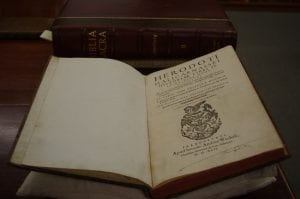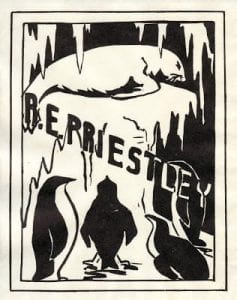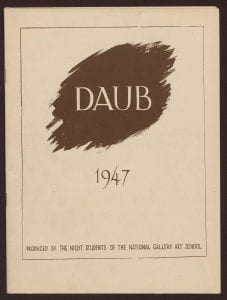Vicarious communist: a reflection on the empathetic archivist
Adapted from a presentation given at the symposium ‘Bernie Taft and 1968: Tanks in Prague, Turmoil in Australian Universities’, Friday 24th August 2018 by Jane Beattie, Assistant Archivist, University of Melbourne.

To commemorate the 80th anniversary of the outbreak of the Spanish Civil War in 2016, I wrote a blog post about Lloyd Edmonds. Lloyd’s family donated his letters, written mostly to his father, from the battlegrounds in Spain. Lloyd was studying in London when Franco invaded and felt so strongly in the Republican cause, and that Spain should not fall to fascism, that he joined the International brigade, along with 64 other Australians volunteering in Spain. Soon after this anniversary, the University of Melbourne Archives (UMA) ran a tutorial for a Hispanic Cultural Studies class, introducing students to the Archives using Lloyd’s letters and other material held at UMA about the war. Continue reading “Vicarious communist: a reflection on the empathetic archivist”




